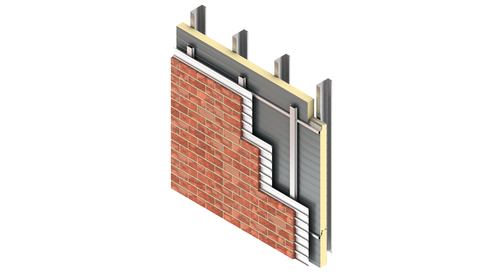What is a barrier wall system? All you need to know
What is a barrier wall?
Barrier walls are a cost-effective alternative to a cavity or solid walls.
The term ‘barrier wall’ is used to refer to a system of an external wall assembly that maintains weather-tightness. Thereby preventing any moisture from penetrating beyond the outermost surface and into the wall itself. The barrier walls are essentially moisture-tight constructions.
Materials used for barrier walls –
The cladding material should be impenetrable to the elements. Common examples of barrier wall systems include:
- Single skin metal wall panels
Firstly, single skin metal panels reflect strips of pre-painted metal that are formed into various profiles or shapes. Compared to other materials, these are flexible, lightweight, and easy to install.
- Solid-metal wall cladding
Metal cladding is a type of protective coating. Such as metal powder or foil thats bonded to a substrate by applying heat and/or pressure. The wear protection is generally very reliable and cost-effective.
- Insulated metal wall panels
Insulated metal panels are exterior wall and roof panels with steel skins and an insulated foam core.
- Exterior insulation and finishing system
Finally, it’s an exterior wall cladding that utilizes rigid insulation boards on the exterior of the wall sheathing with a plaster appearance exterior skin.
The exterior cladding is a barrier wall system that serves as the main drainage plane. However, this differs from a cavity wall system where the main drainage plane and defensive line against bulk rainwater penetration is inside the cavity.
In addition, a barrier wall system often has a lower initial cost.

The exterior cladding is a wall system that serves as the main drainage plane. However, this differs from a cavity wall system where the main drainage plane and defensive line against bulk rainwater penetration is inside the cavity.





